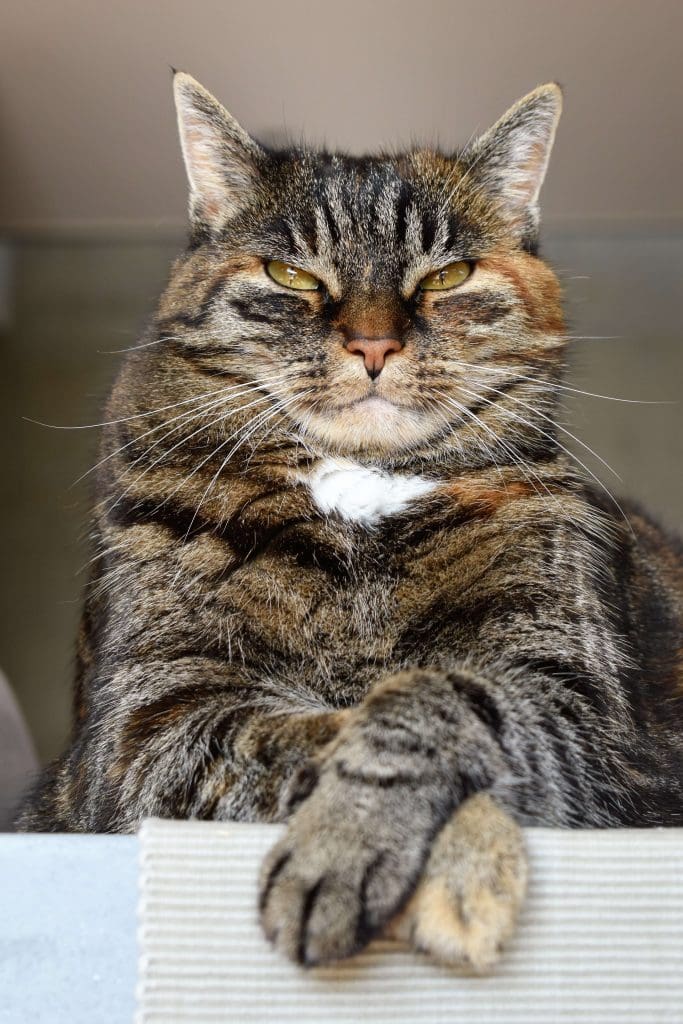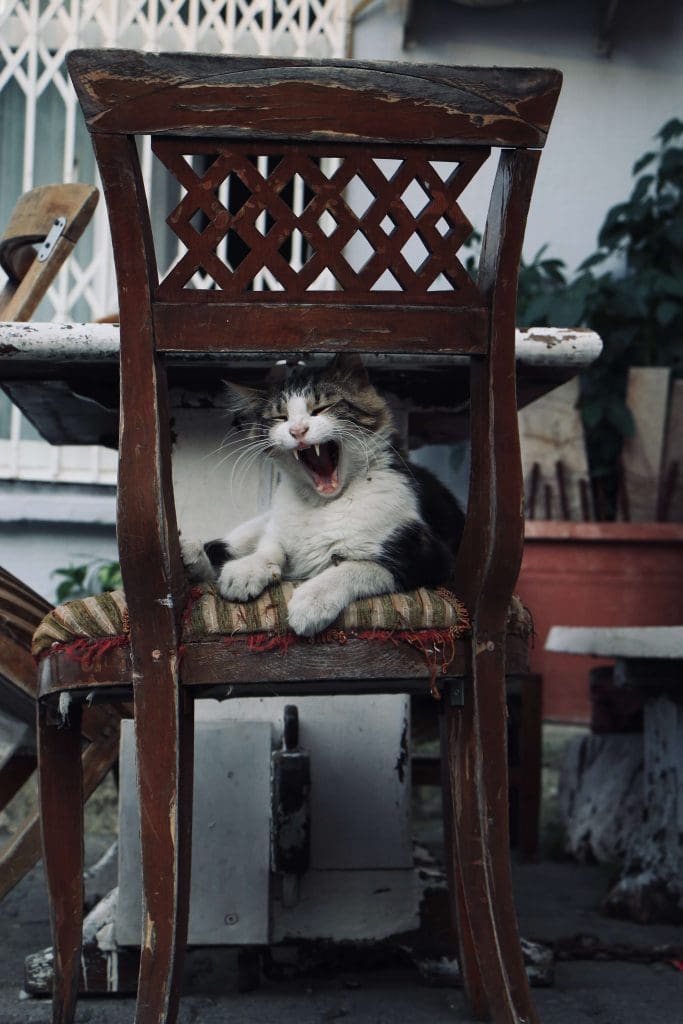Cats are known for their acrobatics, but joint pain can slow down even the most playful kitties.
If you’ve noticed a change in your cat’s mobility or temperament, chronic discomfort may be to blame. Get to know some of the most common feline joint conditions, and get your kitty the help they need to keep the party going even as they age.
 Signs and Symptoms of Joint Problems in Cats
Signs and Symptoms of Joint Problems in CatsCats are notoriously stoic, so it may not be readily apparent that they’re in pain. Keep an eye out for the following symptoms, keeping in mind that they may be subtle:
Osteoarthritis, or degenerative joint disease (DJD), occurs when the cartilage that cushions the joints wears away. Arthritis gets more common as cats get older, but kitties of any age can experience arthritis as a result of infections, injuries, and autoimmune conditions.
Without protective cartilage, the bones of your cat’s joints can grind together, making movement extremely painful. Because cats are so good at hiding pain, their discomfort may not be obvious until the condition is advanced.
A luxating patella refers to a chronically dislocating kneecap. Though luxation is more commonly associated with dogs, cats can also be genetically predisposed to the condition.
Kitties with hip and hindlimb abnormalities that place extra stress on the knee joints can sometimes have their kneecaps slide out of their normal position along the femur. In the early stages of patellar luxation, the knee will often go back into place on its own.
If you’ve noticed hind leg lameness that comes and goes, luxation could be to blame. Schedule a visit with your vet and have your kitty’s joints examined.

Hip dysplasia is relatively rare amongst mixed breed domestic cats, but it poses a threat to purebred kitties.
Dysplasia occurs when the ball joint of the femur (hind leg) and the pelvic socket don’t fit together properly. This can result in painful friction in the hip joints and loose hips that may pop or click with movement.
Fortunately, diet and exercise can mitigate some of the discomfort associated with feline hip dysplasia. If you notice that your kitty is getting more lethargic with age, ask your vet to evaluate their body condition score (BCS) and make changes to help them reach a healthy weight.
If your cat has suffered a fall or been in a scuffle, keep an eye out for swollen joints, limping, and subtle personality changes.
It’s important to keep in mind, however, that not all trauma is the result of an accident. Rambunctious cats can sometimes experience sprains during play. High-energy jumping and pouncing can lead to overextended ligaments and soft tissue damage, and even stress fractures.
If you notice your kitty is favoring a limb, vocalizing excessively, or panting, it’s possible the injuries came from roughhousing.
Depending on the cause of your cat’s joint problems, your vet may recommend a range of surgical or nonsurgical options.
Because cats often hide their discomfort, it’s important to use what you know about your kitty to recognize any unusual behavior that might indicate joint pain. For the majority of joint conditions, an early intervention greatly improves the likelihood that your cat will return to their normal, playful self.